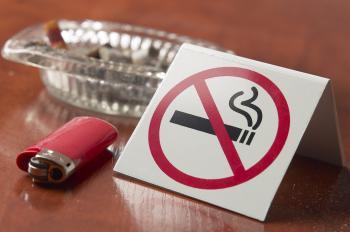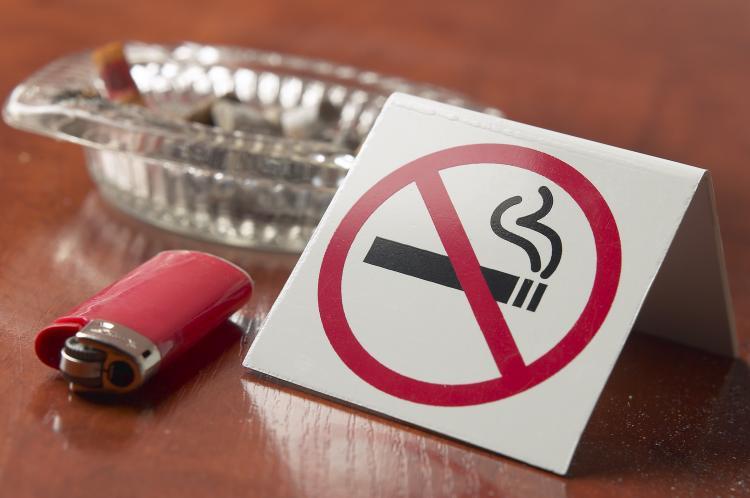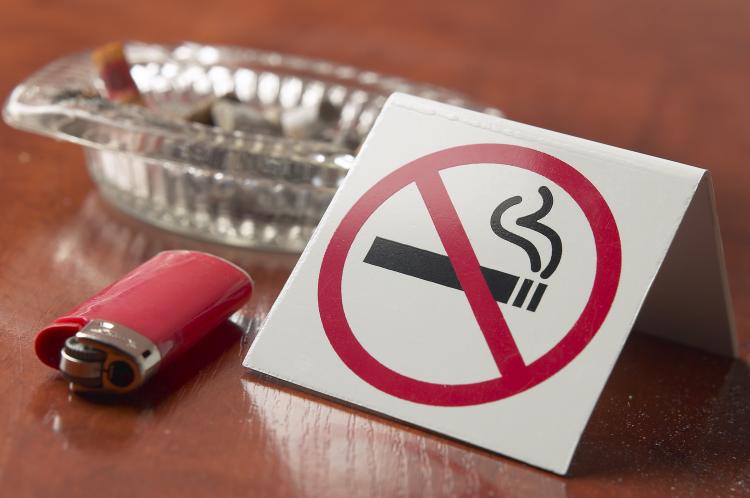To protect children and youth from second-hand smoke, Ontario implemented a law on Wednesday that prohibits smoking in vehicles while carrying anyone under 16.
January 21, the day the law took effect, coincided with Weedless Wednesday, a focal point of National Non-Smoking Week (NNSW) that has been celebrated in Canada for more than 30 years.
“Second-hand smoke is dangerous to our children,” said Margarett Best, Ontario’s Minister of Health Promotion. “This new law demonstrates the McGuinty government’s commitment to the health of our children, and to a smoke-free Ontario.”
According to Health Canada, second-hand smoke is “a combination of poisonous gases, liquids, and breathable particles.” It contains over 4,000 chemicals, more than 50 of which are associated with cancer or known to cause cancer.
“Children do not have control over their environments like adults do, and often cannot speak up or leave a situation that endangers them,” said Ottawa city councillor Diane Deans, Community and Protective Services Committee Chair.
“In a vehicle, the concentrations of second-hand smoke are up to 27 times greater than in a smoker’s home, making smoking in the car highly toxic for a child’s developing lungs.”
Children exposed to second-hand smoke are more at risk of sudden infant death syndrome and health problems such as ear infections, asthma, bronchitis, pneumonia, and other respiratory tract infections.
Later on in life they are also more likely to suffer from heart disease as well as lung cancer and nasal sinus cancer.
“It’s even a risk on short trips and when the windows are rolled down,” said the Ontario Ministry of Health Promotion.
Health Canada notes that “increasing ventilation will dilute the smoke but will not make it safe.”
Nova Scotia was the first province in Canada to ban smoking in vehicles when minors are present. Starting in April 2008, the province made it illegal to smoke in a car with passengers under 19. The fine is $394.50. In Ontario, the fine can be up to $250.
NNSW activities are coordinated by the Canadian Council for Tobacco Control. Its goals include educating the public about the dangers of smoking, preventing people from starting to smoke, and helping smokers to quit the habit.
The idea of Weedless Wednesday is to encourage smokers to quit by offering a one-smoke-free-day-at-a-time approach. Ontario adopted a smoke-free law for workplaces and public places such as restaurants and bars in 2006.
In 2007, the federal government amended the Non-Smokers’ Health Regulations by banning smoking rooms in federally regulated workplaces.
British Columbia has also passed a law banning smoking in cars carrying children under 16, although it is not yet in effect. Similar bans are being considered in New Brunswick and Prince Edward Island.
Last July, Okotoks became the first municipality in Alberta to ban smoking in cars carrying children 16 years and younger.
Four U.S. states have passed laws outlawing smoking in cars with children: California, Arkansas, Louisiana, and Maine. Washington is current considering similar legislation.






